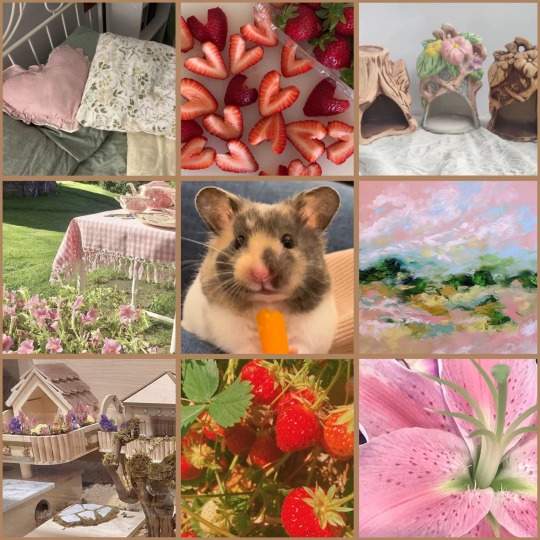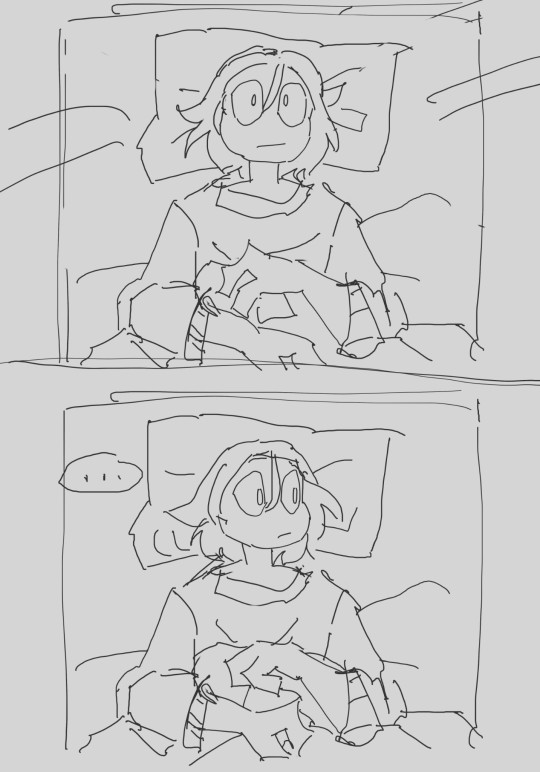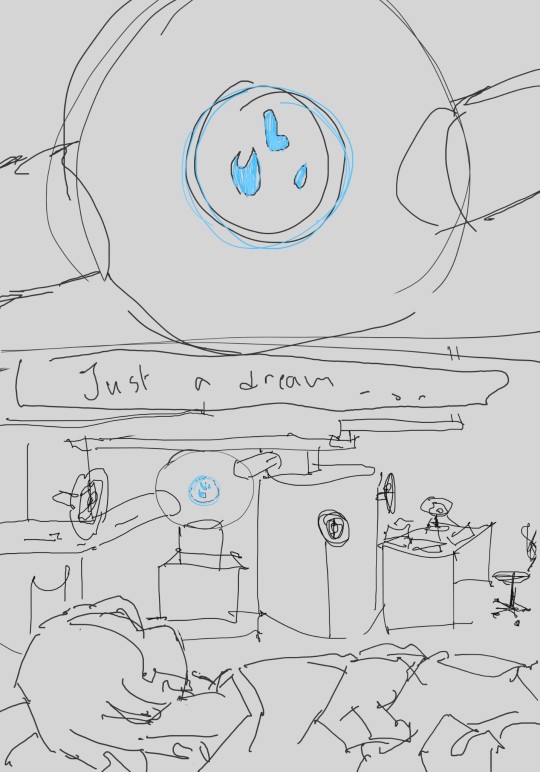#hamster kin
Explore tagged Tumblr posts
Text









[X / X / X] [X / 🏎️ / X] [X / X / X]
A stimboard for a Syrian Hamster.
#🏎️ — stimboard !#stimboard#stim#kin blog#kin help#kinhelp#kinblog#therian#hamster therian#hamster kin#syrian hamster therian#syrian hamster kin#hamster#rodent#nature#food#hands#brown#EDIT: I FORGOT TO LINK THE SOURCES? SORRY.
69 notes
·
View notes
Text
me if u even care

#hamster#otherkin#alterbeing#nonhuman#alterhuman#therian#otherkinity#otherkin flag#alterhuman community#alterhuman blog#alterhuman coining#alterhuman flag#alterhuman art#otherkin community#otherkin things#otherkin positivity#otherkin stuff#hamster kin
15 notes
·
View notes
Text
bought 4 (they’re technically rice bowls lol) pink bowls for myself to eat from!
so far i’ve filled and eaten them with lots of veggies, fruits, and nuts!
i feel like such a little mouse when i eat from them hehe ❤️🐭❤️
(and it feels great to not only be eating as my theriotype might, but also great that it’s healthy too!!)
#my post#therianthropy#therian#mouse therian#mouse kin#mousekin#hamster therian#hamster kin#hamsterkin#rabbit therian#bunny therian#rabbit kin#rabbitkin#bunnykin#bunny kin
4 notes
·
View notes
Note
Could I have some positivity for a hamster kin that doesn’t center around the weird culture of jokes about harming hamsters?
as an animal/rodent enthusiast, i will gladly answer this.
a fact i find especially interesting is that a hamsters teeth never stop growing. that is so cool to me. i had a hamster growing up and i was extremely attached to him; loved him to pieces. the cuties’ name was jerry, and his gnawing was a reminder that he was there with me. i found it so comforting.
and of course, i have to mention how cute they look with their cheek poaches stuffed with food. adorable.
in studies, wild hamsters have showed impressive spatial intelligence & visual memory while they are searching for food. it is also believed that they can learn their own names! and bond with their owners.
there are approximately 600,000 hamsters as pets in the uk, that’s a lot! so take pride in your kin; a hamster is an incredibly smart, sweet and extremely well loved pet.
your kin is valid, and i have a great respect for it.
2 notes
·
View notes
Text






Calico Syrian Hamster icons n pink and green requested by Anon!!
-Mod ET
#mod ET#icons#therian#otherkin#hamster#hamster kin#calico syrian hamster#calico syrian hamster kin#hamsterkin#ha#hamster therian#pink#green#green and pink#pink and green#request
6 notes
·
View notes
Text
No.
not another one,
IM JUST FIGURING STUFF OUT
PLEASE UNIVERSE DONT MAKE ME TELEMACHUS

#alterhuman#nonhuman#otherkin#alterhumanity#therian#dragon rumbles#dragon growls#the wolf bites#therianthropy#cryptid whispers#Fictionkin#kinsidering#questioning fictionkin#questioning kintype#epic the musical kin#i feel it in my bones#i know it’s true#but I don’t want it to be#Fuckkkkk#gang help#this is terrible :<#But like#*intensive hamster squeaking*#BECAUSE IT MAKES SENSE
25 notes
·
View notes
Text

my bestie @bluegekk0 bribed me with burger money for this drawing of our shrimps together (real)
#dusky.art#hk pale king#men kissing#pale king#homoerotic amputation#learning to love yourself is a daunting and difficult process especially if you have committed heinous crimes against your kin#also you are divorced#alas. what is a hamster/silverfish hybrid to do?#as famous greek philosopher aristotle once so wisely put it; you must love the dumpster-diving non-fruity version of yourself#before you can begin to love others#can i get an amen 😇🙏
224 notes
·
View notes
Text
He really, REALLY wants to tell you a riddle

Also him and his girlfriends

(Bonus: my hamster wanted to sit on the toy couch so i moved Fluttershy)

#edward nygma#the riddler#edward nashton#the batman 2022#paul dano riddler#dano!riddler#fluttershy#mlp#i bet he kins Fluttershy#my hamster bit Fluttershy in the process 😔
67 notes
·
View notes
Text


🍓 Calico Syrian Hamsterkin Board for… ME!!!
#Finally going yep I’m hamster#aesthetic#self indulgent#otherkin#kin blog#moodboard requests open#moodboard#therian#Hamsterkin#Hamster therian#🩷#💚
21 notes
·
View notes
Text

A calico Syrian hamster moodboard with pink, green, hamster toys, and strawberries for anon!
Hope you like it!!

7 notes
·
View notes
Text
me and my partners are rewatching all of ao no exorcist so we can watch the new season 😭😭😭😭
#i havent seen season 1 since like 2015 or 2016#and i never finished season 2 bc i was watching it while it was airing and i never finish anything if i watch it while airing#bf also mever finished season 2 bc of other reasons#and gf has never even seen any of it 😭😭😭😭😭#also 12th grade me was so real for kinning amaimon back then hes still so me#HE TURNS INTO A HAMSTER !!!!!#i watched this and kinned him years before i found my hamster special interest 😭😭😭😭😭
2 notes
·
View notes
Text

im not hamster coded but if i WAS a hamster, i would be lethal hamster from africa salary man <3
#spice.txt#im kin with her ok#im not a hamster guy thats mika#but if i WAS a hamster.....#e#me#thank u asa for reminding me
11 notes
·
View notes
Text
I've seen anti-kins claiming that all therians are just felines and canines more than once and it is just so funny to me because they fail to see how diverse we actually are as a community because they never actually... yk... look. They just judge based on what they see on the surface.
We were pioneered by elves like myself. I've met dragons, armadillos, pangolins, horses, possums, stoats, kangaroos, monkeys, crows, angels, zombies, ant-eaters, dinosaurs, hedgehogs, owls, hamsters, hell, I've met bugs. There is so much diversity within the therian community that close-minded people refuse to see.
So basically... Shoutout if you have a common kintype! Shoutout if you have an uncommon kintype! And a special shoutout to celestials, infernals, elves, dragons and paleos because y'all are metal. Love you all!
1K notes
·
View notes
Text
HAHAHAGAH I MEANT FOR IT TO BE A MASCHINE PUMPING THING TO KEEP LEO'S ENERGY STABLE BUT THATS PRETTY GOOD.





Umm
I am literally so scared to post this u don't understand haha
Fanart for Cass apocalyptic series by @somerandomdudelmao
#Hamster in a hamster wheel#cas fanart tag#Still#I can't wait to see where Cass is actually gonna take us#kins art
2K notes
·
View notes
Text

'The shrarks, once the ocean's most dominant top predators, had, with the coming of various lineages of aquatic hamsters, gradually become deposed from their ancestral niche. Some, such as the galvaprawns, would retreat into the abyssal zone, specializing as bioluminescent predators of the pitch black deep, while others, such as the reefshrarks, would become smaller shallow-sea mesopredators hunting small shrish and pescopods and in turn are themselves prey to the large marine cricetaceans.
The most unusual of the extant shrarks, however, is perhaps the giant prawnda (Oblidognathocaris megalorrhinus), a 1.5-meter long species found around the ocean floor of cooler temperate seas. It is divergent from much of its predatory kin due to its almost-entirely grazing diet: using its broad rostrum and powerful jaw-limbs and their flat crushing surfaces to crunch up coral, quillnobs and particularly red algae, which grows at deeper depths than the preferred forage of herbivorous bayvers that must surface to breathe, being air-breathing mammals. Without such a constraint, the giant prawnda can easily avoid competing directly with the other large herbivores of the sea: a niche all too common in the warm, flooded climate of the Temperocene where rising ocean levels favor vegetation-rich shallow seas.'
-----
#speculative evolution#speculative biology#speculative zoology#spec evo#hamster's paradise#art one shot
77 notes
·
View notes
Text
GUESS WHAT CAME IN THE MAIL
Tag list:
@gremlin-bot @duncte123 @ghosttrolls(2) @moonfoxgazer @nymanders @3motionally3xhausted @sailor-toni (2?)@creoastra @paxopalotls @fandom-gremlin-1987 @spirits-of-kin @jaymonsterthecanaryprince @the-ranch-mann2 @anartsycrow @camphorcapstan @averagecostumedfreak @ghospos @fanish-hoard @nimfadora115 @gayfairyroyalty @catstar91 @46-reasonable-hamsters(2)@postit-nope @baphospectra (2) @impteas @ghospectr @redflagshipwriter @molasses-being-slow @americano-psycho @doitformywife



323 notes
·
View notes